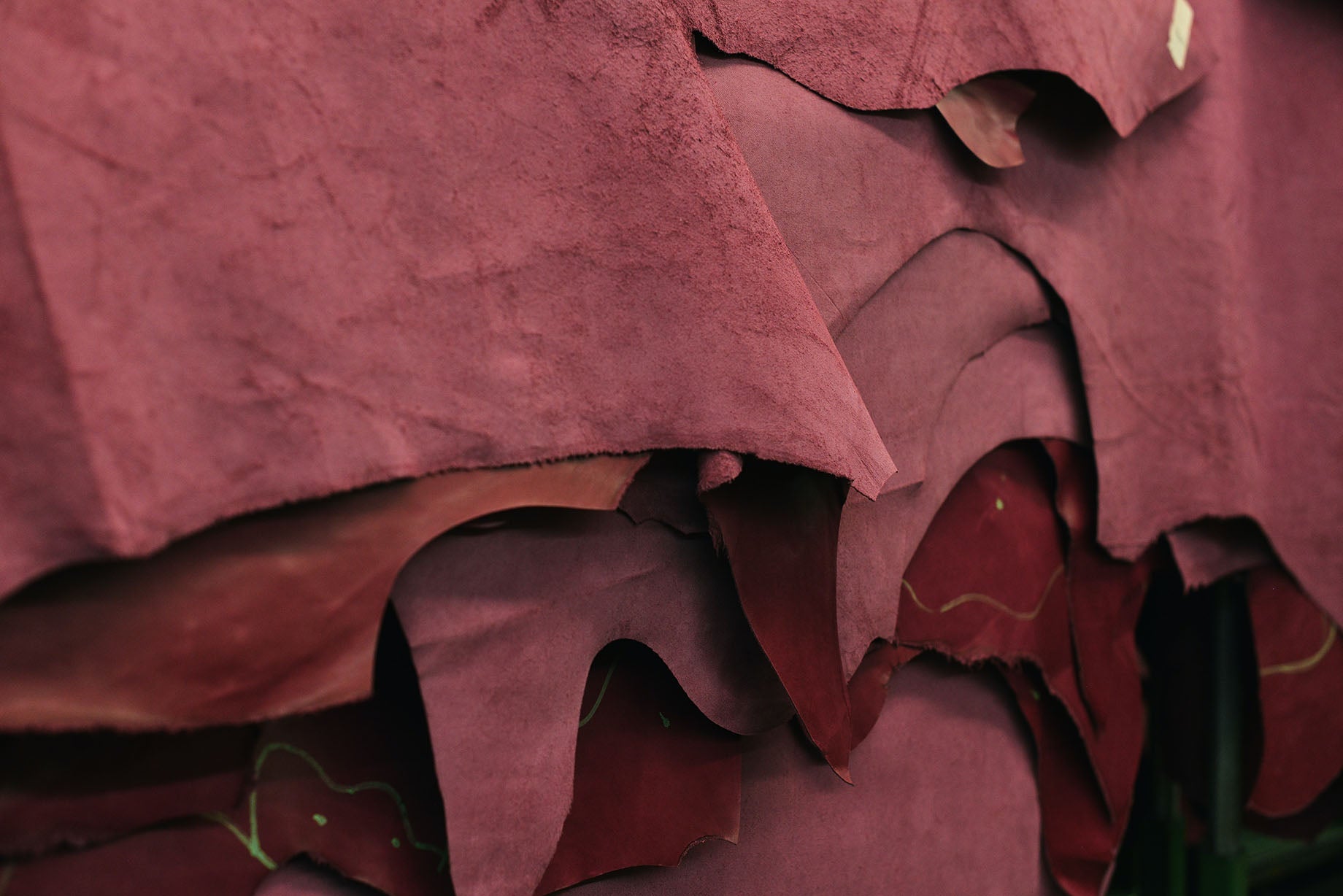Animal Leather Is Not As Biodegradable As We Thought
- by Pedro Padierna
-

While leather is made from a natural material, animal skin or hide, the chemical processing of the material affects its biodegradability and recyclability. Read on to find out why leather isn’t as environmentally-friendly as you might think, and where you can buy premium vegan leather accessories for your beloved pets.
What Does ‘Biodegradable’ Mean?
The term ‘biodegradable’ means ‘capable of being decomposed by bacteria or other living organisms, and thereby avoiding pollution’ (Oxford Languages Dictionary). This means that, given the right organisms surrounding it, the material or item will eventually break down into its original, naturally-occurring components.
Is Leather Biodegradable?
Leather in its natural form, animal hide or animal skin, is biodegradable. However, in order to make this natural material usable for clothes or accessories it undergoes processing, which changes the composition of the leather and hence its biodegradability.
Various chemicals are added to the natural hide or skin during the process, called the ‘tanning process’, that means it is much harder for living organisms, including bacteria, to break it down. However, many manufacturers do this process despite this because it makes it much more durable and gives it a lovely finish.
While animal skin in its most natural form takes a matter of months to biodegrade fully, chemically processed leather can take up to half a century to fully decompose.
Read more about how vegan leather is changing the fashion industry for the better.
Is Leather Environmentally-Friendly?
Leather in its natural form is compostable and biodegradable. However, the chemical tanning agents that are used to process it mean that microorganisms cannot break down the material easily. On top of this, the use of chemical tanning agents has other negative impacts of the environment.
The tanning process for leather involves a step called ‘pickling’, during which acids are added to the hide to slacken the material and make the tanning agent penetrate more easily. Following that, the next step is to use a tanning agent to chemically alter the collagen structure of the material, protecting the leather against chemicals, moisture and microorganisms.
Historically, this process was done with naturally occurring tannins, but the process was time consuming, taking months, and was therefore expensive. Since the discovery of the use of chromium instead of these naturally-occurring tanning agents, the process has been sped up to less than a day, but the leather produced is no longer easily compostable or easily biodegradable.
The use of tanning agents like chromium not only makes the material non-biodegradable, but it also has other negative impacts on the environment. The unregulated disposal of minerals such as chromium means that harmful chemicals enter surrounding ecosystems, affecting the health, and hence population, of wildlife around it.
How Long Does It Take for Leather to Biodegrade?
Leather that has been chemically processed can take up to 50 years to biodegrade, depending on the processing that was done. Even organic leather that has been chemically processed will typically take at least 20 years to fully decompose.
Vegan Leather Pet Accessories by Nina Woof
Nina Woof provides eco-conscious pet owners with vegan leather pet accessories, so your pet can look fabulous while remaining sustainable. Browse our range of premium pet accessories such as vegan dog collars and vegan dog leashes to make your first steps to becoming a more sustainable pet owner in 2022.





